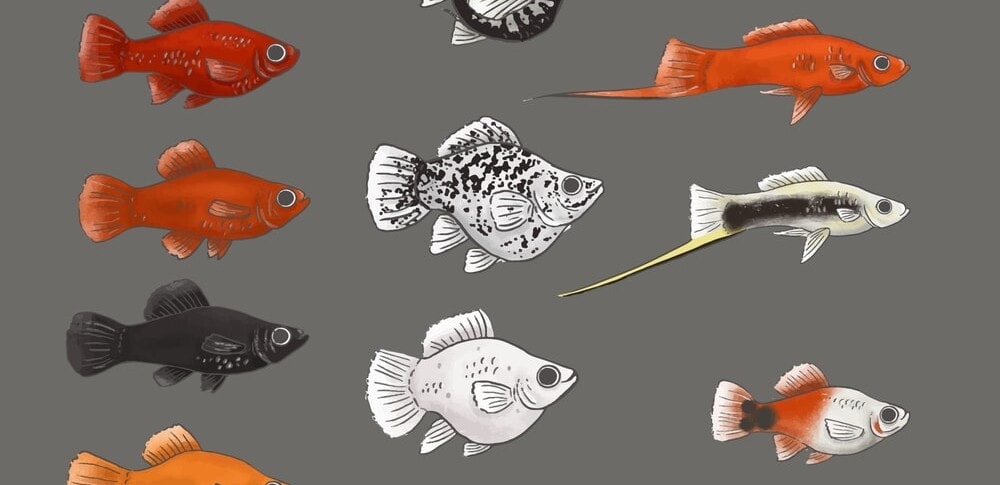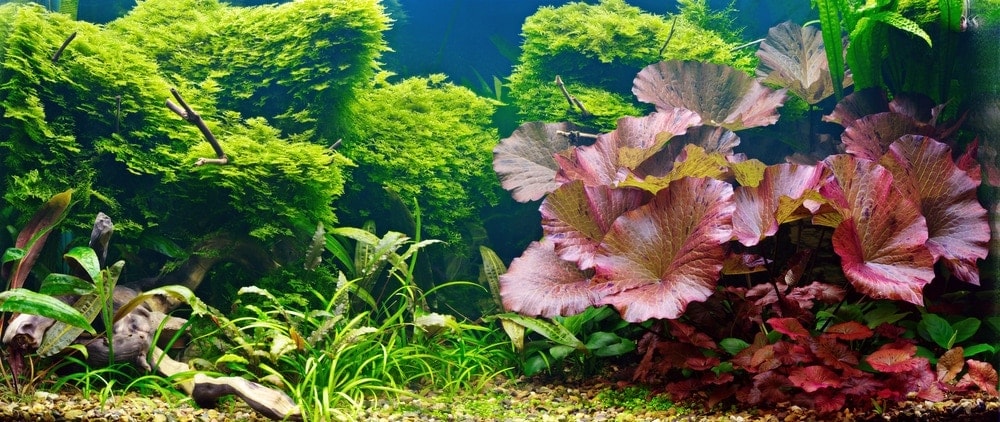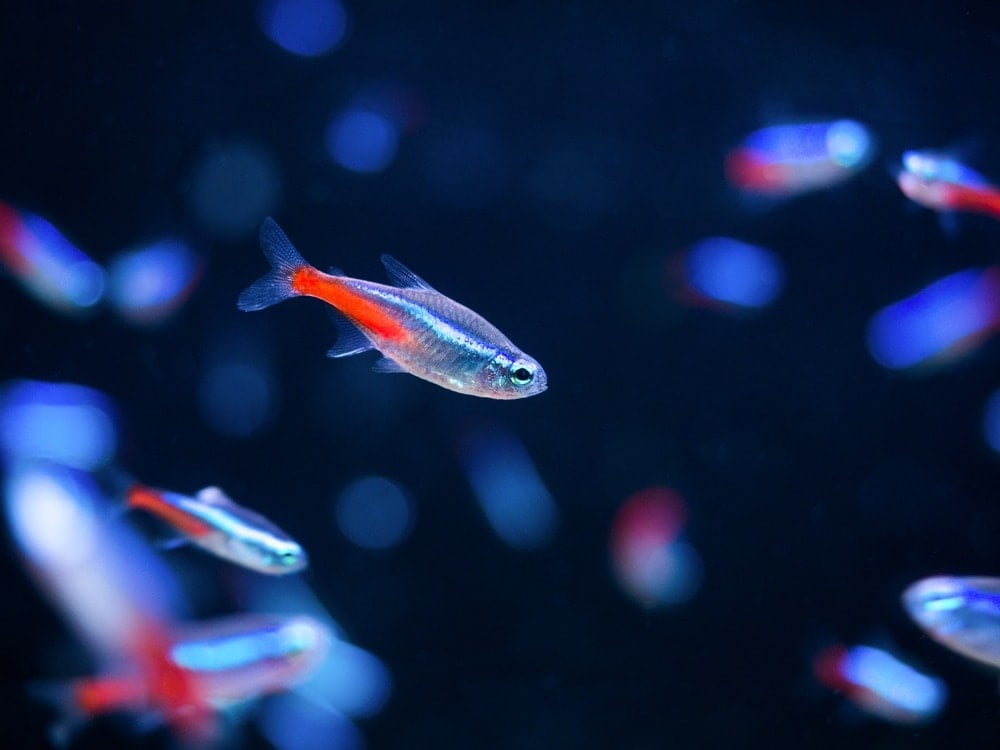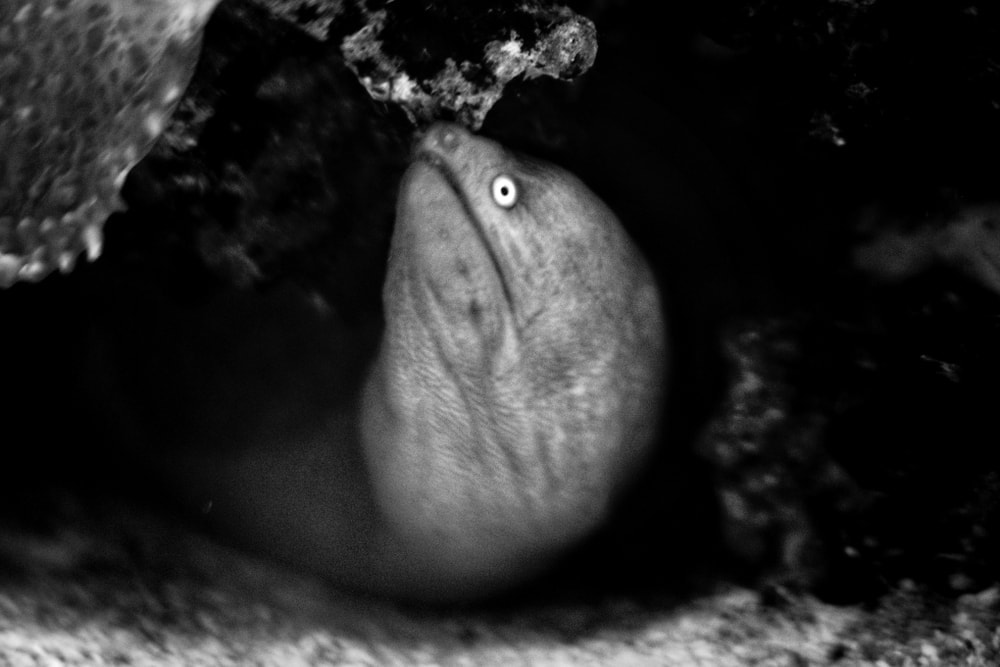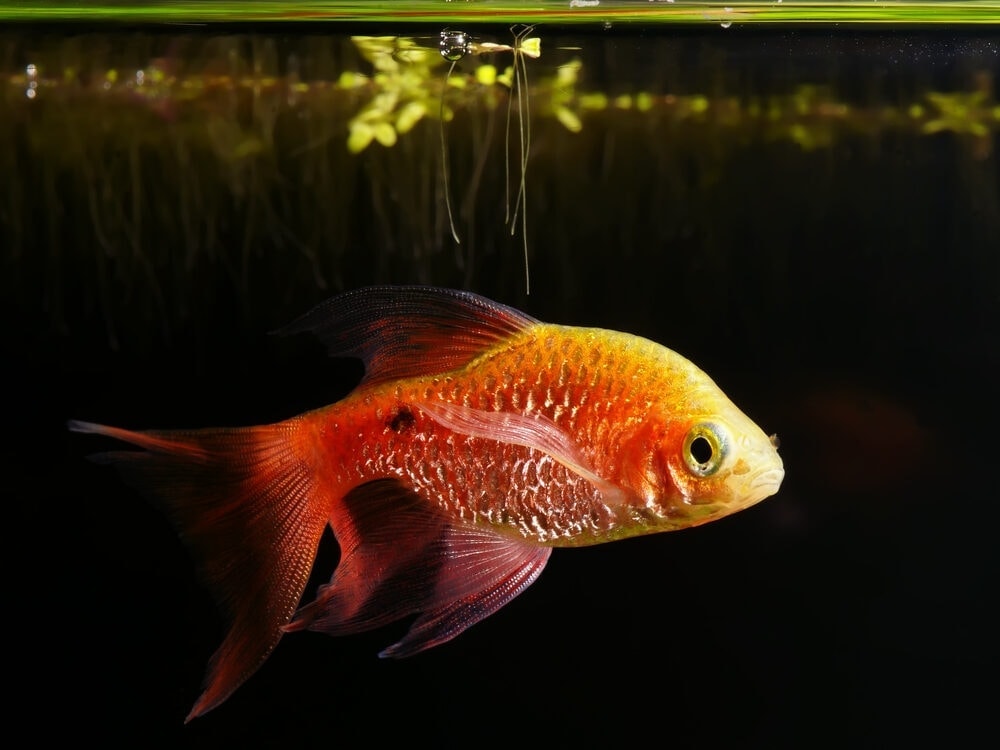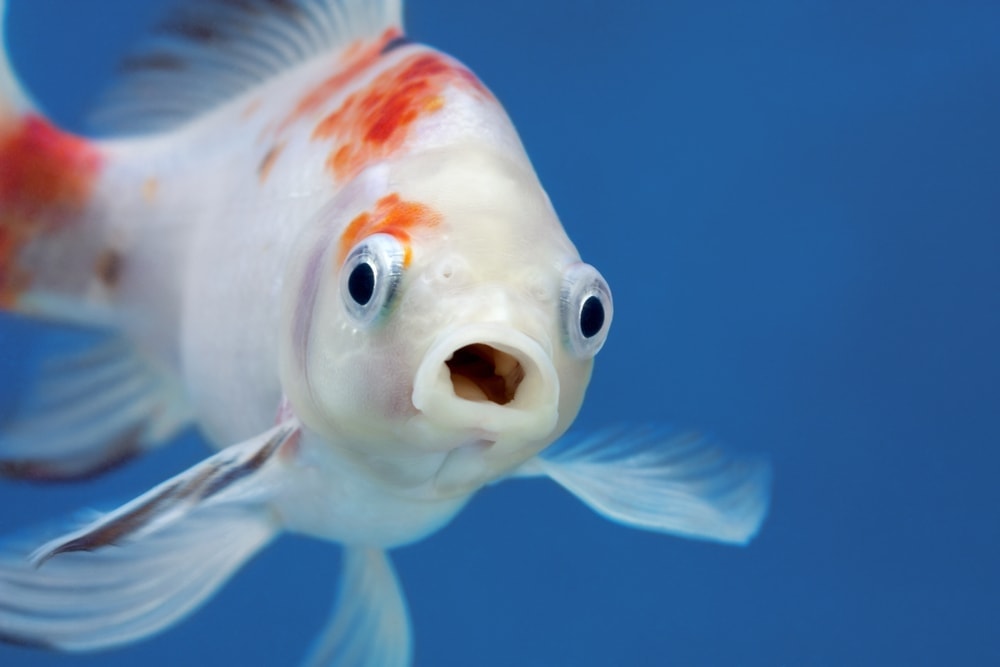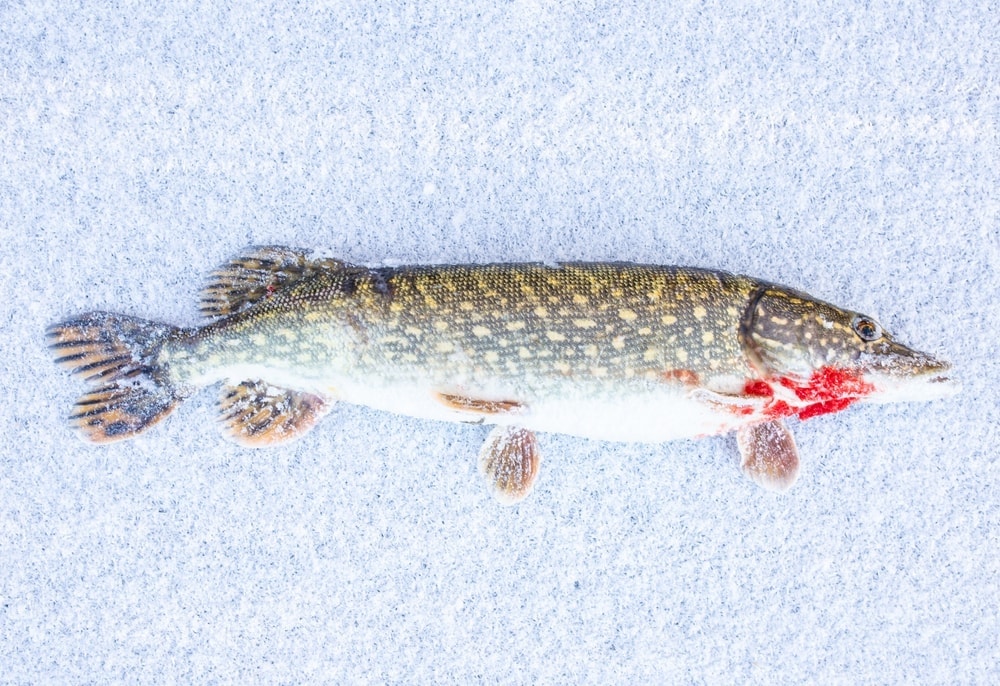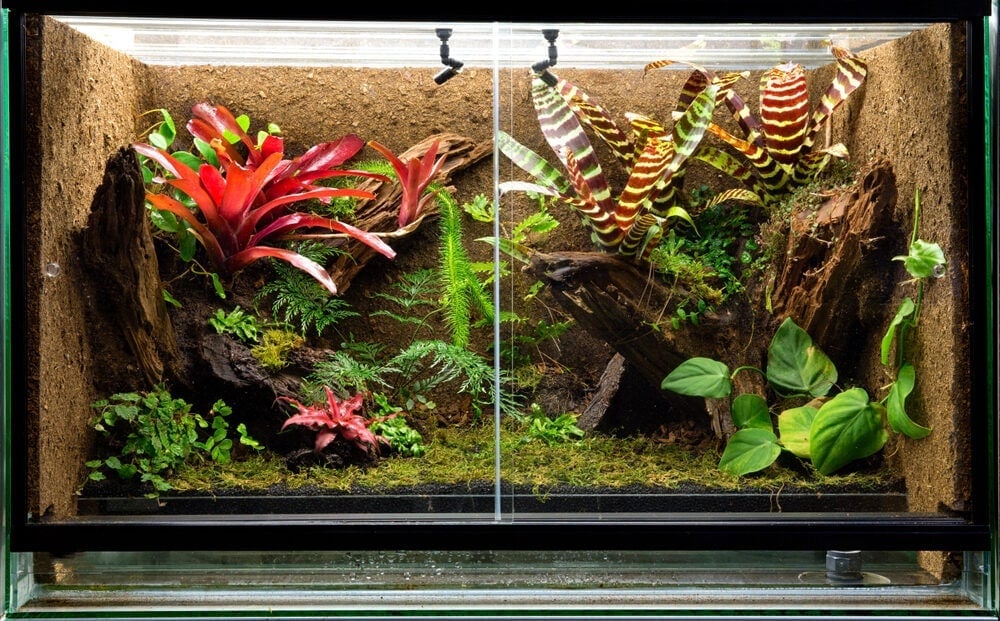The simple answer is no, they cannot breed with each other. They are not compatible for breeding because to crossbreed, the two species have to be closely related to each other.
The Molly and Platy are not closely related. If you want to crossbreed these two species, you can breed Mollies with Guppies and Platies with Swordtails. Read on to find why Mollies and Platies cannot breed.
Tropical Fish Crossbreeding
Crossbreeding is when two fish from different species breed with each other and their offspring is considered a hybrid. Some say that you cannot get a hybrid naturally in the wild. That may or not be true as there is one species, the Cichlid; there are over a thousand different species of this fish and over the years, from one fish many more have evolved into different colors and types.
This goes a long way in showing that crossbreeding in the wild is a natural process. When crossbreeding, the breeding species has to be compatible because if they are not, any offspring that results and lives could have unstable genes, which can result in them dying quicker than you figured they would.
The two species that you want to crossbreed also have to be biologically equipped to mate with each other.
Mollies
- Tropical Freshwater Fish
- Adult size: 4 inches
- Life Expectancy: 5 years
- Family: Poecilia
- Origin: Mexico and Southern North America
- Water Conditions: The temperature of the water needs to be 78 degrees Fahrenheit, have a pH of 7.5-8.5, and a hardness of 15-30 dGH
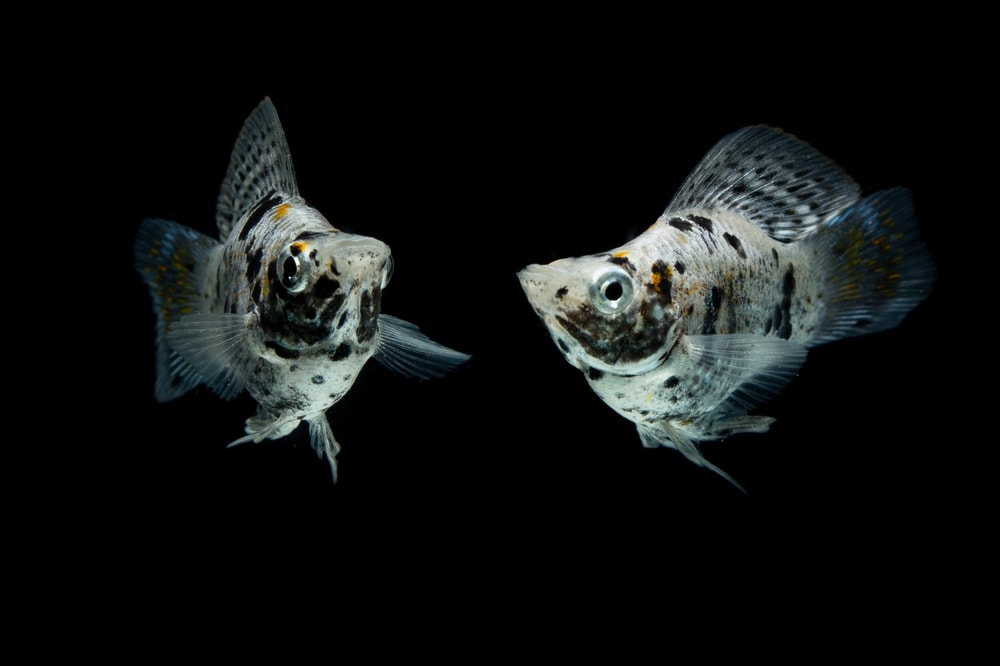
A molly is also a livebearer, which means the female gives birth to live fry and does not lay eggs. They are peaceful fish and are easy to care for and come in a variety of colors like green, white, black, and orange.
They are easy to breed and can have over 100 babies in one live birth. If you are breeding Mollies you should have one male for several females. After mating, they will have to live fry in three to five weeks.
Platies
- Tropical Freshwater Fish
- Adult Size: 1.5 to 2.5 inches with the females larger than the males
- Life Expectancy: 3-4 years
- Family: Xiphophorus
- Origin: Northern Honduras, Mexico, and Guatemala
- Water Conditions: The temperature of the water needs to be 72-78 degrees Fahrenheit, with a pH of 7.0-8.3, and water hardness of 15-30 dGH
They are also a livebearer fish and deliver baby fry and not eggs. They come in a variety of colors such as a mix of yellow shade with some black spots and red white. When trying to breed Platies, there is nothing you need to do.
All you have to do is put them in the same tank and give them enough cover to mate. You should have one male to every three females.

Why Mollies and Platies Cannot Breed
One of the reasons that Mollies and Platies cannot breed is that a Mollie belongs to the Poecilia and the Platies belong to the Xiphophorus. These two families cannot crossbreed. The main reason is that there are significant differences in their genes and DNA.
Can you Keep Mollies and Platies in the Same Aquarium
Neither fish are aggressive so there should be no problem with keeping them in the same aquarium. They both have the same survival needs plus they do require some of the same basic care as all other tropical freshwater fish do.
Because they are not compatible and will not crossbreed, your tank will not be overpopulated with hybrid fish. You do have to worry about the species mating with each other so you will need to control the number of offspring they have.
Mollies are just a little larger than Platies so you need to make sure that you have a large enough aquarium to house both species. If the aquarium is too small then the Platies may start to feel uncomfortable around the larger Mollies if they do not have room to move.
Best Tank Companions for Mollies and Platies
Since they are both tropical freshwater fish and non-aggressive, they are the perfect aquarium companion for a variety of fish.
- Tropical Fish: There are many tropical fish that can live with Mollies and Platies such as Guppies, Swordtails, and other livebearers. Just be aware that some of these will crossbreed and produce hybrids so you need to watch that you do not overpopulate your aquarium.
- Gourami: This is another good choice as there are many of these to choose from. Some of these can be aggressive so make sure that you do your research so that you do not introduce a species that will be aggressive or grow larger in size than the Mollies and Platies.
- Bottom Feeders: These fish will be fine with Mollies and Platies because they do not bother livebearers. They will just mind their own business and all they worry about is their next meal. A bottom feeder does not show any form of aggression and there are rarely any problems with them being with Mollies and Platies.
- Betta Fish: If you want to put Betta Fish in with your Mollies and Platies, choose a female because they are mostly non-aggressive and calm. They need do need to live in groups because if not, they will get lonely and die. They are slightly expensive at $4 per fish on average so they can be an expensive roommate for the Mollies and Platies
Conclusion
- Mollies and Platies cannot crossbreed because of their DNA and genes are not compatible.
- Mollies and Guppies are genetically similar so they can crossbreed and their hybrid is known as a Muppy.
- Even if they try to “court” each other, they will not mate even if the male Mollie tries to sneak spawn a female Platies.
- It is best that if you have any pregnant females in your aquarium that you keep the male Platies away from them because they can be aggressive and cause tension in the aquarium.
